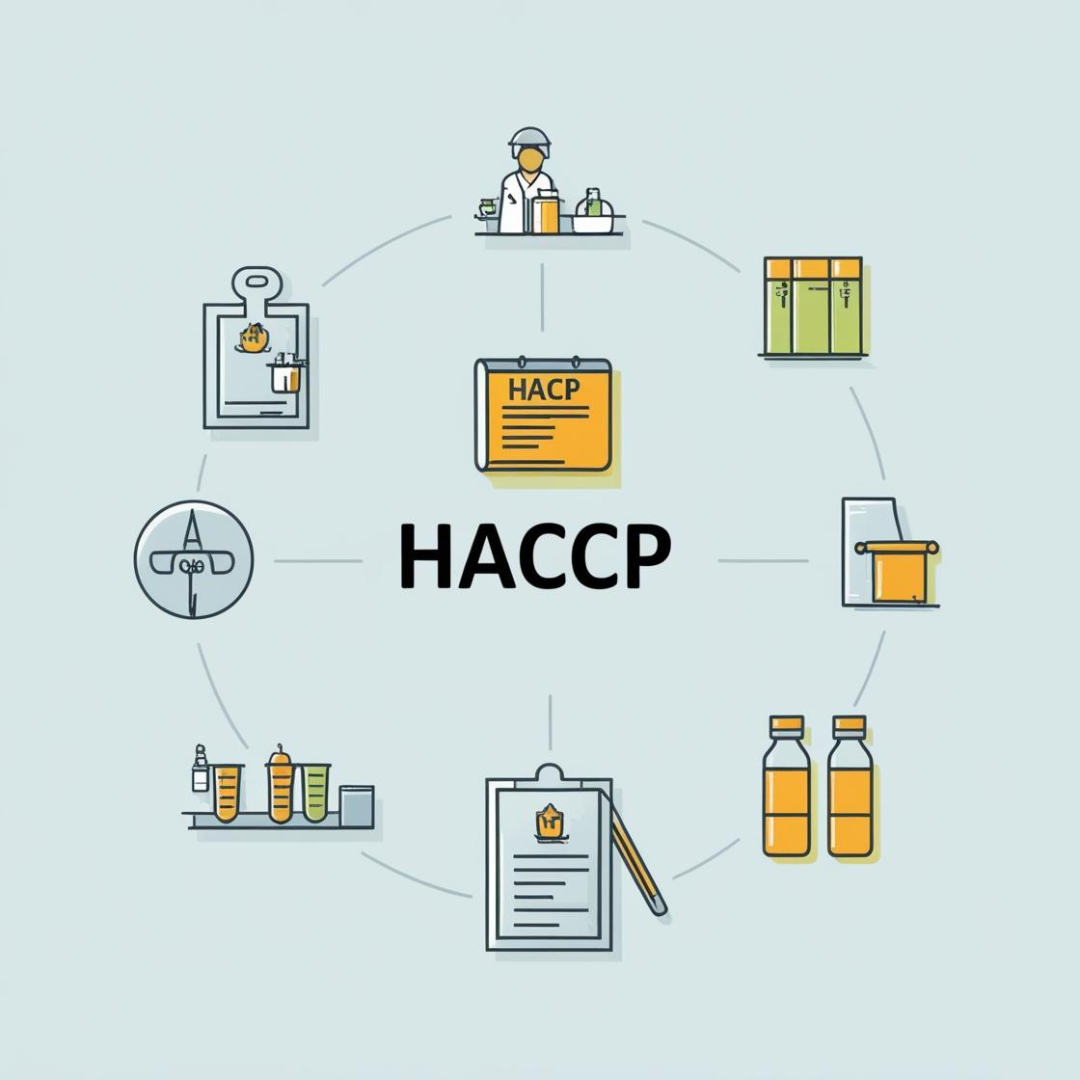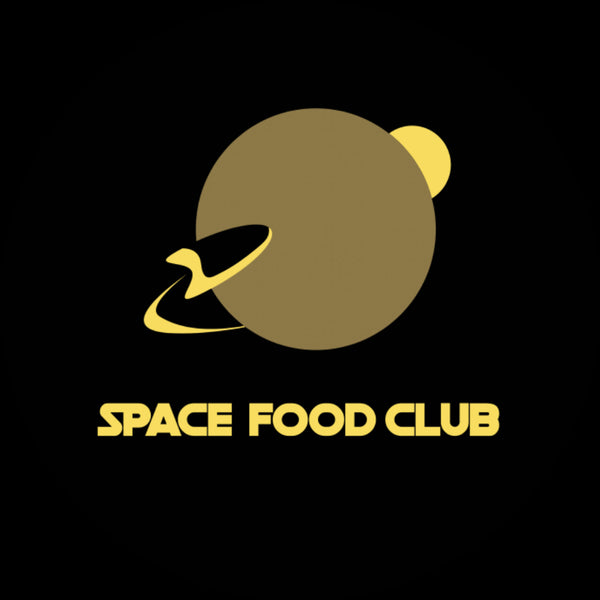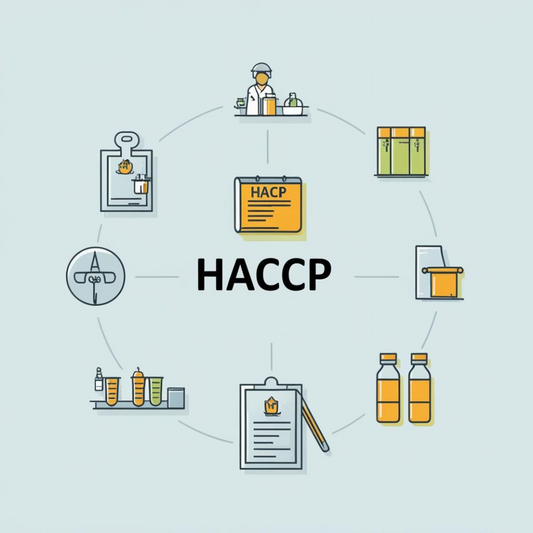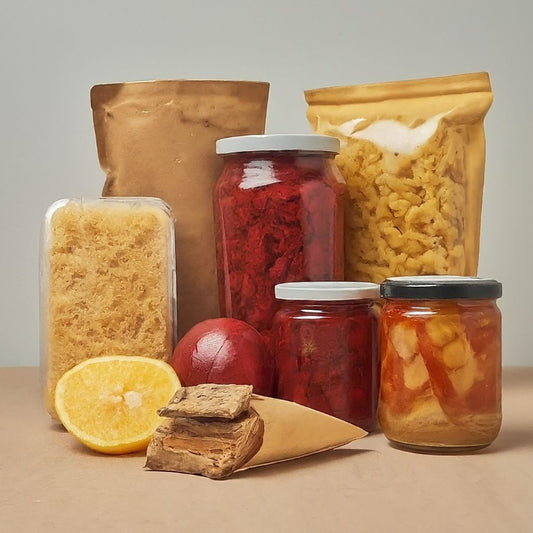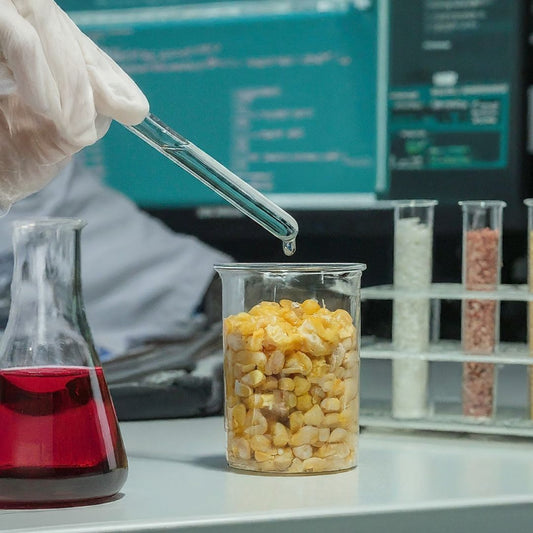♻️ Self-Healing Food Packaging – The Future of Food Protection and Freshness 🌱
Share
Every year, the world wastes 1.3 billion tons of food, much of it due to damage in packaging — tiny cracks, leaks, or punctures that allow oxygen and microbes to spoil food faster. What if the packaging could repair itself, sealing any damage before spoilage begins?
That’s where self-healing food packaging steps in — a remarkable innovation merging food science, material engineering, and nanotechnology to create packaging that can automatically “heal” small damages, just like skin heals after a cut.
🔬 What Is Self-Healing Food Packaging?
Self-healing packaging is designed using smart materials capable of restoring their original structure after being damaged. These materials can detect and repair cracks, cuts, or leaks without any external intervention.
The concept borrows from biomimicry — taking inspiration from nature’s own healing mechanisms. Just like plants close wounds with sap or human skin regenerates tissue, these packaging materials rebuild their surface to maintain strength and freshness.
⚙️ How It Works
There are two main scientific approaches used in self-healing packaging:
1️⃣ Microcapsule-Based Healing
Tiny capsules filled with a “healing agent” are embedded within the packaging film.
When the material cracks, the capsules rupture, releasing the liquid agent into the gap. The agent then solidifies, sealing the damage.
Example: A starch-based biopolymer film developed at Wageningen University uses moisture-sensitive microcapsules that automatically release a starch gel when humidity rises due to a tear.
2️⃣ Dynamic Polymer Networks
Here, the polymer molecules are designed to have reversible chemical bonds. When damaged, these bonds break — but under the right conditions (like mild heat or moisture), they reconnect, repairing the surface.
Example: A gelatin–chitosan composite developed at MIT can “zip” back together when slightly heated, restoring barrier properties in less than 10 minutes.
🌍 Real-World Innovations
🌿 1. Wageningen University (Netherlands)
Developed biopolymer films that self-repair when exposed to water vapor. These materials are fully biodegradable, suitable for fresh produce packaging, and capable of multiple healing cycles.
🧪 2. MIT (USA)
Created gelatin-chitosan self-healing films that close minor cuts within minutes. These edible, transparent materials are great for food wraps, bakery packaging, or even direct food coatings.
🧴 3. BASF (Germany)
BASF is working on polyurethane-based self-healing coatings for multilayer food cartons. The material can self-repair under pressure or mild heat — ideal for long-distance transport packaging.
🥛 4. Tetra Pak (Sweden)
Tetra Pak’s R&D team is exploring multi-layer laminates containing self-healing polymers. These films could extend the shelf life of milk, juices, and liquid foods while reducing packaging waste.
🇮🇳 5. IIT Guwahati (India)
Researchers developed a chitosan-based smart packaging film enriched with turmeric extract and silver nanoparticles. It not only self-heals upon minor cuts but also exhibits antimicrobial activity, keeping food safe from contamination.
💡 Why It Matters
✅ 1. Reduces Food Waste
Even microscopic leaks can spoil food prematurely. Self-healing packaging prevents oxygen entry and moisture loss, significantly extending product shelf life.
✅ 2. Ensures Food Safety
Maintains the protective barrier against bacteria, ensuring safe storage during transportation and handling.
✅ 3. Supports Sustainability
Most self-healing films are bio-based and biodegradable, reducing dependence on petroleum-based plastics.
✅ 4. Cost-Effective in the Long Term
Although the initial cost of these materials is higher, savings from reduced spoilage and returns make it economically viable for large-scale food industries.
🚀 Future Outlook
The next generation of packaging will go beyond self-healing — it will be self-sensing and communicating. Researchers are developing hybrid systems where self-healing polymers integrate with biosensors to detect contamination or spoilage.
Imagine packaging that:
Detects microbial activity
Repairs itself
Changes color to alert the consumer about food quality
In the near future, self-healing packaging could become a standard feature in perishable food sectors — from dairy and bakery to ready-to-eat meals and fresh produce.
🌾 Real-World Impact
🧈 Dairy Industry: Prevents spoilage in milk cartons or yogurt cups due to pinhole leaks.
🍎 Fresh Produce: Maintains humidity and oxygen levels for fruits and vegetables during shipping.
🥫 Ready Meals: Protects packaged foods from damage during transport or temperature changes.
🌍 The Big Picture
Self-healing packaging is a key part of the circular bioeconomy — minimizing food waste and material loss while enhancing food safety. It bridges biotechnology and material innovation, offering a sustainable path to global food security.
Soon, the simple act of tearing open a snack might trigger a material that can heal itself for the next use — redefining both convenience and sustainability in food systems.
